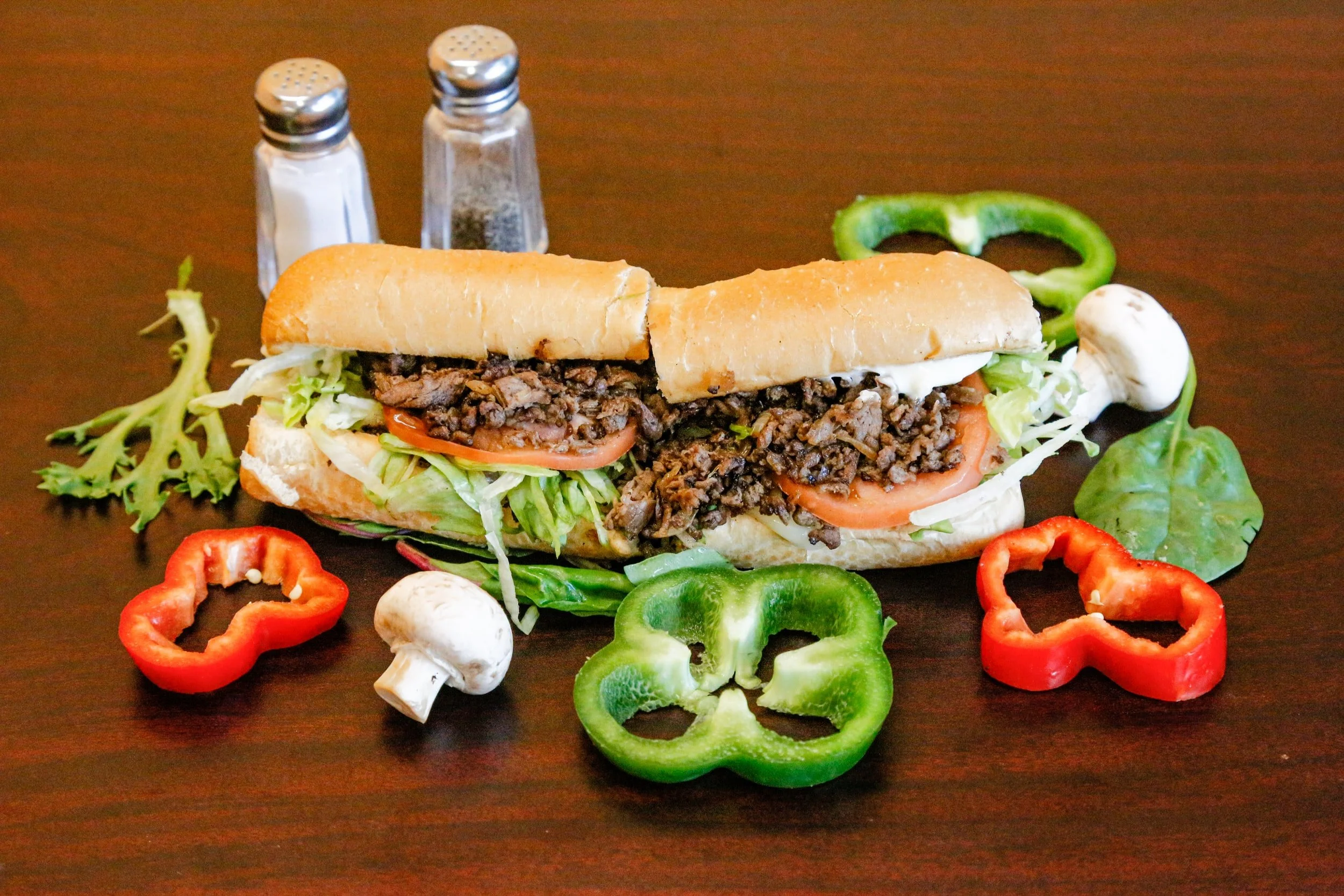我が家では夏休みに入った今、男子が3名アメリカへ里帰り中です。その間は私のお一人様したい放題の期間です。最初に思い浮かぶのは毎度なのですが「辛い物を食べること」です。スンドゥブチゲに豚キムチ。そうしたら早速T子さんとAちゃんがタイのグリーンカレーを作るとのことでご相伴にあずかりました。グリーンカレーのペーストに火を通し始めるとその独特の香りが充満します。はぁ~と胸いっぱいに吸い込みます。ああ、異国の味。Simply exotic.
伝統的な日本食では香辛料をほとんど使わないため、普段から醤油、酒、みりん、出汁、お砂糖が基本。一方諸外国の香辛料を基本にした料理はその味一色で口の中が染まります。暑い国では食物が腐るのを防ぐために塩だけでなく香辛料も多く使ったことからこういう食文化になっているし、大陸続きなので他所の国から香辛料を手に入れることが島国の日本より簡単だったのでしょう。(球体の)胡椒が通貨の代わりをした時代もあったそうですし。辛い食べ物として赤や青など唐辛子を主に使いますが、日本の辛い食べ物はわさび、カラシ、せいぜい大根など、辛みが長続きしないもので(doesn't linger)です。唐辛子を使っても風味を少し出すために振りかける程度⇒七味あたり。私もキムチを食べたあとはパンチが効いていて何を食べても味がしません。
日本料理は諸外国よりも醤油味噌を使うことでより塩分の高い料理ができあがりますが、その分だけ食卓へ出された料理は追加で味付けをする必要がないようになっています。ところが西欧文化はある程度のみ味付けがされてあり、足りない塩分は自分で足してくださいね、という意味で食卓にお塩が置かれています。レストランのテーブルにある、あれです。ですが日本のレストランであの塩を振っているお客さんをあまり見ないものです…だって作り手が万人受けする味付けを既にある程度したうえで提供しているので、追加の味なんて要らないんです。そのせいか私は外食すると、着いた席のテーブルに置かれている塩の瓶に目がいきます。どれだけ塩が残っているかなと見るのです。
我が家では食卓塩の使い道は1つだけ。ゆで卵につけるのみ!







